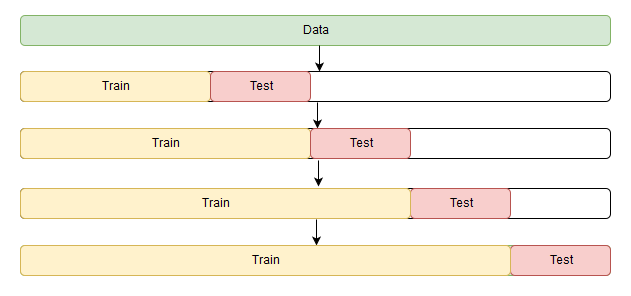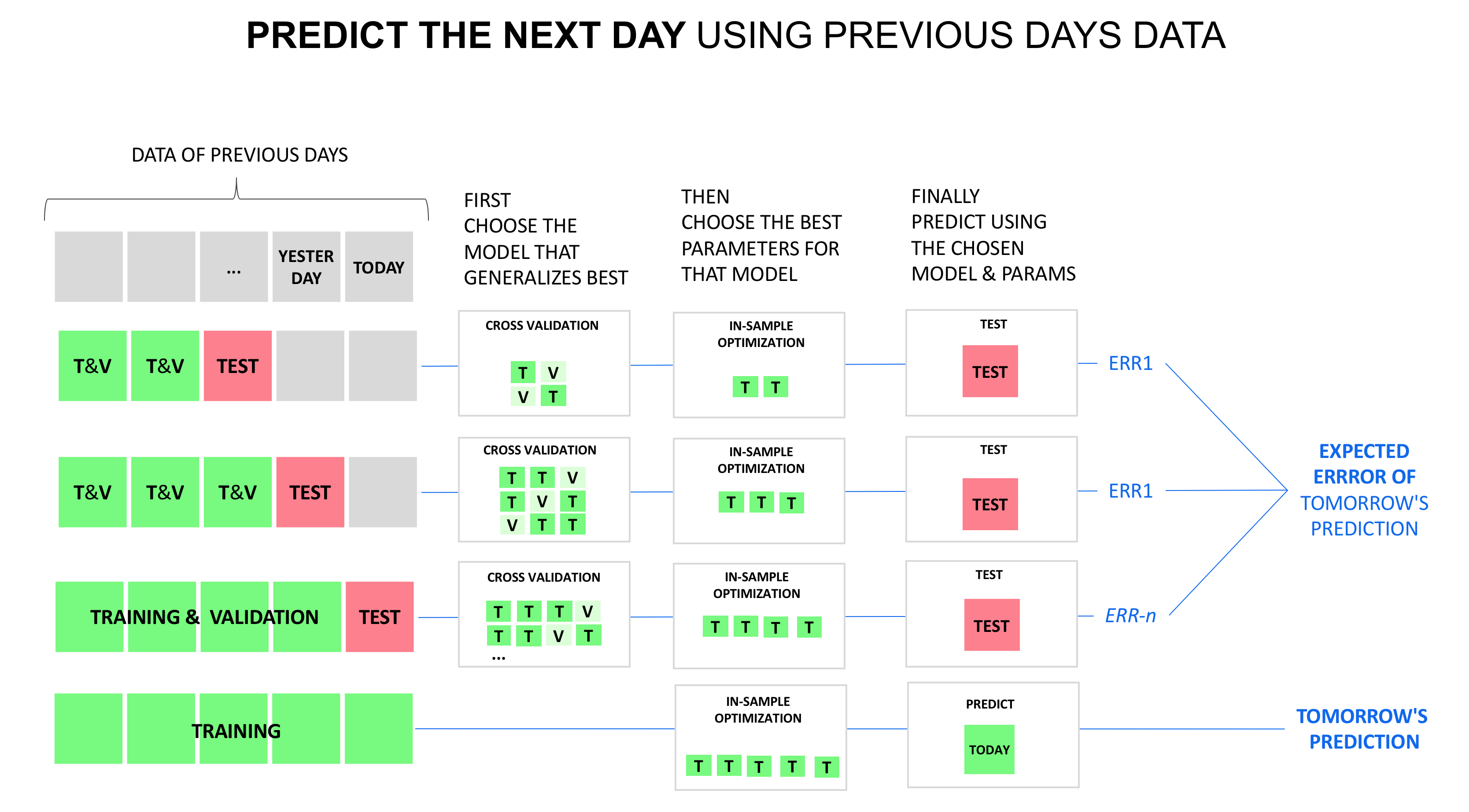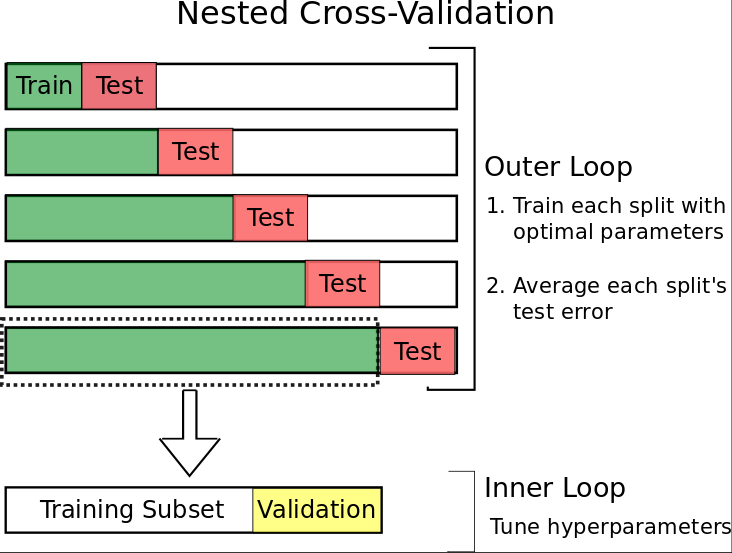Time-series (or other intrinsically ordered data) can be problematic for cross-validation. If some pattern emerges in year 3 and stays for years 4-6, then your model can pick up on it, even though it wasn’t part of years 1 & 2.
An approach that’s sometimes more principled for time series is forward chaining, where your procedure would be something like this:
- fold 1 : training [1], test [2]
- fold 2 : training [1 2], test [3]
- fold 3 : training [1 2 3], test [4]
- fold 4 : training [1 2 3 4], test [5]
- fold 5 : training [1 2 3 4 5], test [6]
That more accurately models the situation you’ll see at prediction time, where you’ll model on past data and predict on forward-looking data. It also will give you a sense of the dependence of your modeling on data size.




REF
https://machinelearningmastery.com/backtest-machine-learning-models-time-series-forecasting/
https://stats.stackexchange.com/questions/346907/splitting-time-series-data-into-train-test-validation-sets
https://stats.stackexchange.com/questions/117350/how-to-split-dataset-for-time-series-prediction
https://stats.stackexchange.com/questions/453386/working-with-time-series-data-splitting-the-dataset-and-putting-the-model-into
https://stats.stackexchange.com/questions/14099/using-k-fold-cross-validation-for-time-series-model-selection
https://community.dataquest.io/t/how-to-split-time-series-data-into-training-and-test-set/4116/2